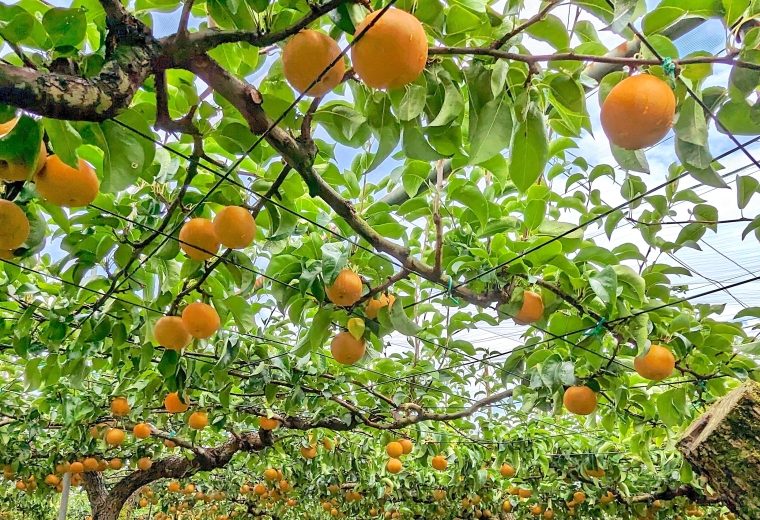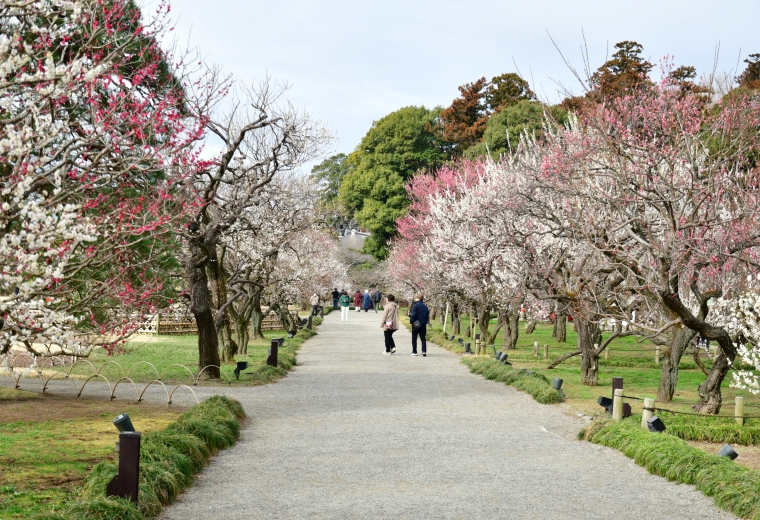Visit Top Japanese Makers! 5 Facility and Factory Tours in Ibaraki
Activity
History
Food
Other
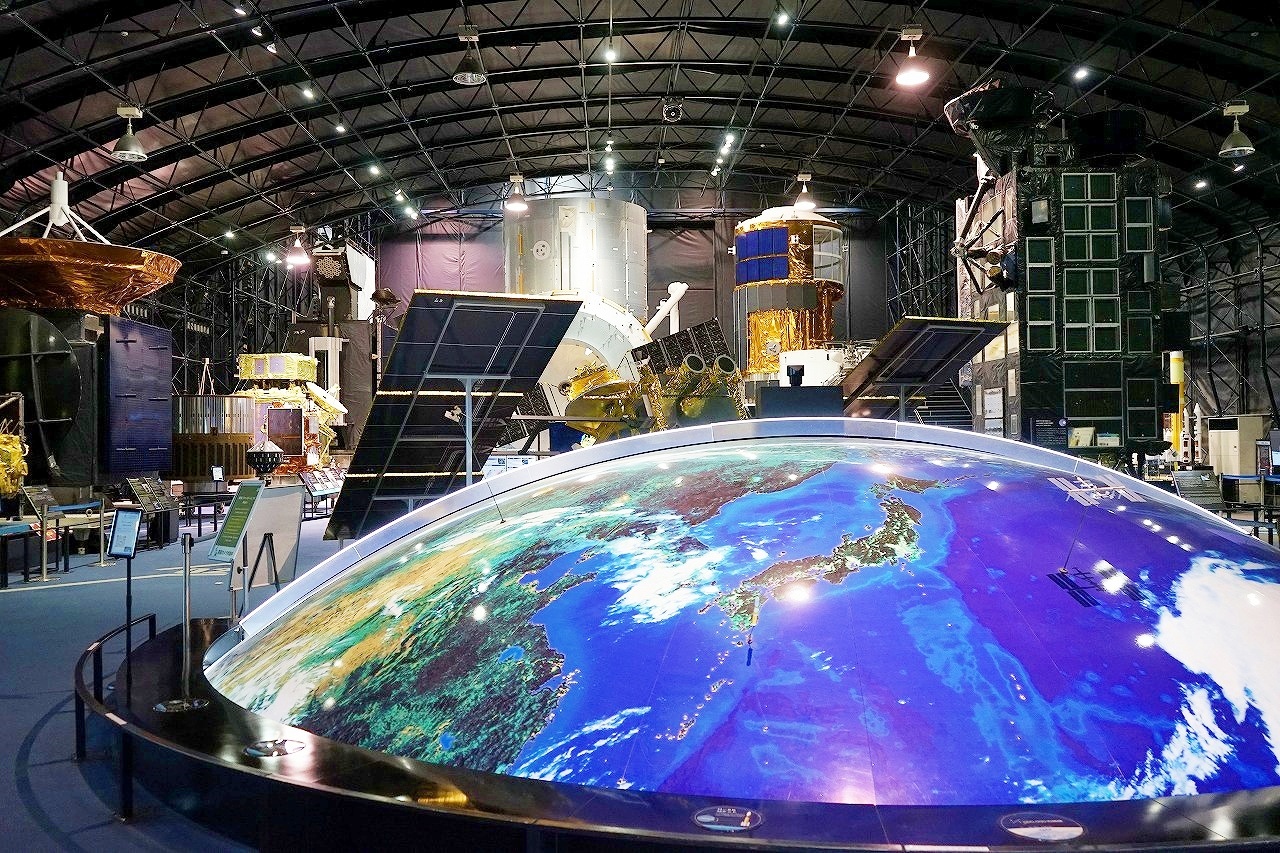
Some of Japan's leading research facilities and manufacturers are based in Ibaraki, including JAXA, Kagami Crystal, Kiuchi Brewery, and the Hitachino Nest Beer Brewery. Visit these facilities or join a factory tour to learn more about their activities and products.
From the Japan Aerospace Exploration Agency (JAXA) to the crystal glassware manufacturing company Kagami Crystal, whose products are renowned among elite and diplomatic circles, some of Japan’s leading institutions and makers have their headquarters or offices of major importance in Ibaraki.

You can learn more about these businesses and their success stories by joining factory tours or visiting their facilities. They will enrich your knowledge about Japanese culture and the world.
Many companies and institutions based in Ibaraki offer guided or self-guided tours, for example: JAXA’s Tsukuba Space Center; Kagami Crystal, maker of premium crystal glassware; Kiuchi Brewery, which makes the exceptional Hitachino Nest Beer; Kurosawa Shoyu Brewery, a leading soy sauce manufacturer; and Lapoppo Namegata Farmers’ Village, known for their sweet potato confectionery, one of the most popular treats in Japan.
1. See the KIBO Flight Control Room and More! Guided Tours of JAXA’s Tsukuba Space Center

The Tsukuba Space Center serves as comprehensive operations facility of the Japan Aerospace Exploration Agency (JAXA), the leading institution directing Japan’s space research and development programs.
The main activities conducted at the Tsukuba Space Center are satellite development and operation, the flight control of KIBO, the Japanese Experiment Module that is a part of the International Space Station (ISS), astronaut training and support, and the development of rockets and space launch vehicles.

Guided tours are held twice a day for individual participants (at 11:30 and 15:00), and four times a day for groups (at 10:00, 11:30, 13:30, and 15:00). The participation fee is 500 yen for adults (over 18 years of age), and free for children and teenagers. If you wish to join a tour held in English, please specify your request when placing the booking online (Japanese).

A guided tour of JAXA’s Tsukuba Space Center takes about 70 minutes. After watching a 10-minute video introducing the history and activities of the center, you’ll board a bus to visit facilities within the precincts: the Astronaut Training Area, the space flight control room of KIBO, as well as an exhibition area featuring satellite models, astronaut training equipment, and other items related to the history of space exploration.
Unarguably, the most exciting part of the tour is to see the operators in the flight control room at work. These people are constantly in touch with the astronauts on the ISS, as well as with other space flight operation centers in the world. Please note that photography is strictly prohibited in this area.

After completing the guided tour, take the time to visit the Space Dome, a free-entry museum introducing JAXA’s activities through exciting exhibits. These include recreations of satellites and robot technology used in space missions and even a life-size model of the KIBO experiment module that you can view from the inside!
Stop by the souvenir shop before you leave to pick up space-themed items developed by JAXA. Along with stationery, toys, puzzles, T-shirts, and other fun items, they also have a selection of food products for use in space missions. The space curry sauce is a must-try!
Information
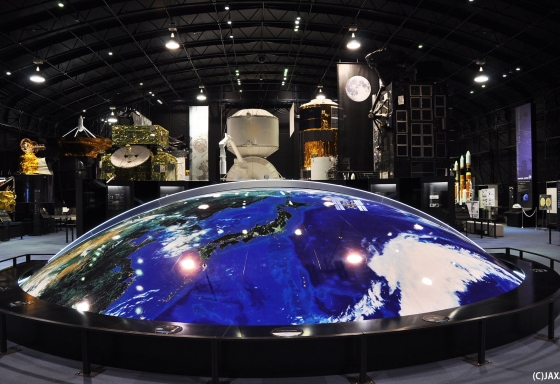
Japan Aerospace Exploration Agency (JAXA)
The Japan Aerospace Exploration Agency (JAXA) opened in 2003. In addition to the research, development, and launching of satellites, JAXA is responsible for Japan's space exploration missions, includ…
See More2. Kagami Crystal: Learn the Story of Japan’s Most Beautiful Crystal Glassware!

Acclaimed worldwide for their exquisite crystal glass products and Japanese traditional cut glass items known as Edo Kiriko, Kagami Crystal is Japan’s leading supplier of superior crystal glassware. This company was founded in 1934 by Kozo Kagami (1896 – 1985), a highly skilled glass artisan who introduced the art of cutting and engraving crystal glass to Japan.

The high-quality crystal glassware made by Kagami Crystal is used widely at official receptions for state guests in Japan and at Japanese embassies worldwide. In addition, the company has been providing engraved glassware to the Imperial Household Agency, the State Guesthouse, and the Prime Minister’s residence; it has also created luxury glass bottles for products made by leading Japanese manufacturers such as Suntory, Shiseido, and others.

The headquarters of Kagami Crystal moved to Ibaraki’s Ryugasaki City in 1990 from Tokyo’s Kamata district where they were originally located.Since glass-making and engraving involve working with very high temperatures and cutting equipment, the facility does not provide factory tours. Still, it has a gallery shop next to the factory that is a must-visit for connoisseurs, as they can find the widest selection of products on display, along with original, one-of-a-kind items. For a glimpse of the factory at work, watch this online video.

A corner of the shop exhibits the process of making and engraving crystal glass. You’ll discover what makes crystal glass different from regular glass and the secret behind the two or three layers of crystal glass that make the intricate designs of Edo Kiriko possible.

There is a museum adjacent to the shop exhibiting award-winning art glasswork by Kozo Kagami and replicas of crystal glassware engraved with the crests of the Imperial Family members. These glass art pieces definitely deserve a closer look! The museum can be visited for free; a prior reservation is not required.
Information
- Location
- Kagami Crystal
- Address
- Ibaraki, Ryugasaki, Koyodai 4 - 5
- Access
- 25 minutes by taxi from Ryugasakishi Station (JR Joban Line); about one hour and 15 minutes by car from Tokyo Station.
Google Map: https://goo.gl/maps/hwnnbH9jfdkHxe9r5 - Contact
- 029-764-7111
- Website
- https://www.kagami.jp/english/index.html
3. Kiuchi Brewery: Discover Sake and Beer Brewing Traditions

A brand well-known to craft beer lovers, Hitachino Nest Beer has taken Japan by storm with its ever-surprising line-up of flavors. “The most famous owl in Japan,” as its iconic label came to be known, can now also be found in stores overseas. Today, Kiuchi Brewery exports Japanese craft beer to over 40 countries.

The Hitachino Nest Beer brand is made by Kiuchi Brewery, a well-established brewery headquartered in Ibaraki’s Naka City. Founded in 1823, Kiuchi Brewery established a reputation for producing excellent Japanese sake. Naka is a flat land area with rich water resources, which are essential to sake making.
They started brewing craft beer in 1996, inspired by the fact that Ibaraki used to rank first in Japan in barley production during the early Showa period (1926-1989). The Hitachino Nest Beer varieties are made with barley and fruit grown by local farmers. Kiuchi Brewery also produces umeshu (plum liqueur) and aged whisky, and started to produce gin in the summer of 2022.
Visit the main headquarters of Kiuchi Brewery to learn more about the history of this remarkable liquor manufacturer. After getting a glimpse of the sake brewery, you can taste various alcoholic beverages for a fee.
The site has a small studio where those interested can try their hand at brewing an original type of beer. The process involves several steps, including a meeting with the staff to decide on the flavor and content of the beer and the measuring and balancing of the ingredients; after the fermentation process, which is performed inside the facility, your beer is ready, and you can even make an original label for it! Check this page (Japanese) for details on this activity.

Other points of interest include the brewery shop, which has a wide variety of the brand’s beverages, and the tasting area. Visitors can try three types of free-flowing Nest Beer (900 yen with tax), three types of Japanese sake (900 yen with tax), or other types of liquor (*the tasting fee varies for each type of beverage). One of the great charms of this facility is that you can purchase your favorite beverage on the spot!
Whether you’re looking for top favorites, such as the Hitachino Nest White Ale or Nipponia, or wish to taste the latest releases, such as the Hinomaru Gin Craft, this is the place to go!

Next to the shop is a soba (buckwheat) noodle restaurant in a renovated traditional storage building. Their soba dishes are fragrant and truly delicious, so how about trying the unique combination of craft beer and soba noodles? There is a fascinating story behind this flavor combination, so do ask the staff for details.
There is also the Kiuchi Whisky Brewery in Ishioka, which offers factory tours (Japanese) on weekends and holidays. The participation fee is 1,000 yen and includes a tasting.
*All tours and activities require prior reservation and are held in Japanese, so we suggest coming together with a Japanese-speaking friend or interpreter.
Information
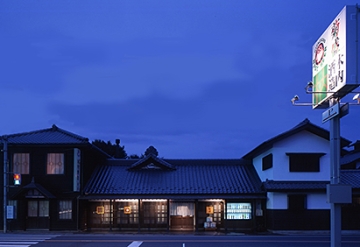
Kiuchi Brewery
Famous worldwide, Kiuchi Brewery produces a wide range of sake, from refined daiginjo sake with its fruity aroma to rich junmaishu (pure-rice sake). The brewery’s restaurant, Kura + Soba Nakaya, serv…
See More4. Kurosawa Shoyu: High-Quality Soy Sauce Aged in 150-Year Old Wooden Casks

One of Ibaraki’s leading soy sauce manufacturers, Kurosawa Shoyuten, was established in 1905. Their soy sauce and miso products have enjoyed great popularity over the years; they have become the flavor base for home cooking in many households, ensuring loyal customers.

What sets their products apart from others is that the soy sauce is aged in wooden casks originally made nearly 150 years ago. In addition to the yeast that makes fermentation possible, the microorganisms that live in the walls of these casks also contribute to preserving traditional flavors.

Visiting their factory is a chance to learn more about the work involved in making soy sauce. The soybeans are preserved for about a year, then mixed with salt, steamed, and left to ferment in the wooden casks. The mash is pressed and then heated, resulting in soy sauce.
The factory tour requires a prior reservation, is free of charge, and is self-guided. During your visit, you’ll be able to read explanations in English about each stage of the process.

After the tour, participants can enjoy tasting various types of soy sauce and amazake at the cafe adjacent to the shop. Amazake is a healthy non-alcoholic beverage obtained from fermented rice; the amazake made by Kurosawa Shoyuten is incredibly smooth and fragrant. While at the cafe, do try their soy sauce ice cream topped with azuki beans and amazake; you’ll have a revelation when noticing how the flavor changes by adding amazake!

Kurosawa Shoyuten makes various types of soy sauce, from very intense flavored ones ideal for cooking to the mild types that accompany sashimi and sushi dishes. In addition, their line-up includes tare and tsuyu sauces that are indispensable to Japanese cuisine.

If you’d like to buy a souvenir, we suggest going for the trial set that includes three small bottles of soy sauce. Who knows, you may even find your favorite soy sauce among them!
Also, the factory and shop are close to Hitachi Seaside Park, so why not combine it with a visit to see the park’s nemophila or kochia fire bushes?
Information
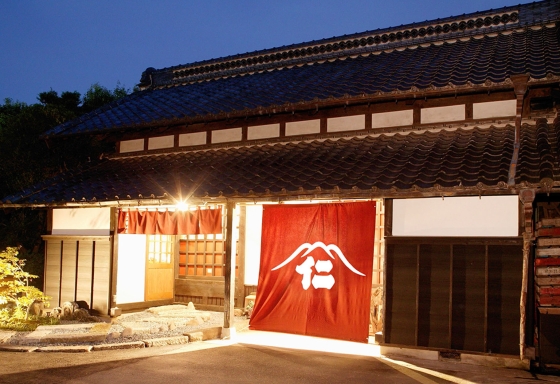
Kurosawa Soy Sauce
Kurosawa Soy Sauce has been making soy sauce while preserving traditional methods since its founding in 1905. The brewery creates various products utilizing wooden barrels passed down for over 100 ye…
See More5. Lapoppo Namegata Farmers Village: Visit a Sweet Potato Factory and Enjoy Delicious Treats!

Ibaraki is known for being Japan’s top producer of dried sweet potatoes, a highly nutritious and flavorful snack from satsuma potatoes that are steamed, sliced, and then dried. A great place to learn more about sweet potatoes and taste confectionery made with them is Lapoppo Namegata Farmers Village, located in the city of Namegata in eastern Ibaraki.
Lapoppo Namegata Farmers Village, opened in 2015 in a renovated local school building, is a facility dedicated to hands-on agricultural activities. It currently includes a sweet potato confectionery factory and a sweet potato museum, as well as a dining area, a shop, and a cafe where visitors can taste freshly made treats made on-site. Please note that the facility only operates on weekends and holidays.

Visit the Yakiimo Factory Museum first to learn the history of how the sweet potato came to Japan and its vital role in ensuring nutrition during challenging times. Your guide will be Yakiemon, a knowledgeable and funny sweet potato character. Some of the exhibits have English explanations. They are interactive, colorful, and easy to follow. (Museum entry fees: adults 900 yen, children over 4 years of age 700 yen, 3-year-olds and younger – free; last entry at 15:30.)
 Please note that photography is prohibited in this area. The photo above was taken with special permission.
Please note that photography is prohibited in this area. The photo above was taken with special permission.
A section of the museum allows visitors to see the sweet potato confectionery factory operating on the first floor. You’ll be able to look at staff members processing sweet potatoes to make the paste used in confectionery. One of the highlights is the sight of the immense ovens used for baking sweet potatoes. The baking process enhances satsuma potatoes’ natural sweetness, turning them into an ideal ingredient for pies, cookies, and other desserts. (*Please note that there are also days when the factory does not operate.)

There is also an area where you can try your hand at making treats like sweet potato brulée, with an instructor. You get to taste your result on the spot! This hands-on activity is particularly popular with children. (*The workshop is in Japanese, so come with a Japanese-speaking friend for a better understanding, and it requires a prior online reservation. Fees: adults 1,800 yen, children 1,600 yen, the museum entry fee is included.)

After the museum and factory tour, stop for lunch at Farm to Table, the restaurant on the second floor. Specializing in Italian cuisine, they offer fresh pizza and pasta dishes made with locally grown ingredients.

At Cafe Sakura on the first floor, you can taste sweet treats made with seasonal ingredients. The apple and sweet potato pie is an autumn specialty. Also, don’t miss out on the sweet potato-flavored gelato! It has a rich, sweet aroma that makes you crave for more! On cold days, warm up with a fragrant sweet potato latte.

After visiting this facility, you’ll surely want to pick up souvenirs at the shop. The all-you-can-pack glazed potatoes (650 yen), the dried sweet potatoes, or the confectionery and pies are irresistible.

Of course, you can also buy fresh satsuma potatoes grown at Namegata Farmers Village to cook at home for 500 yen a bag.
Information
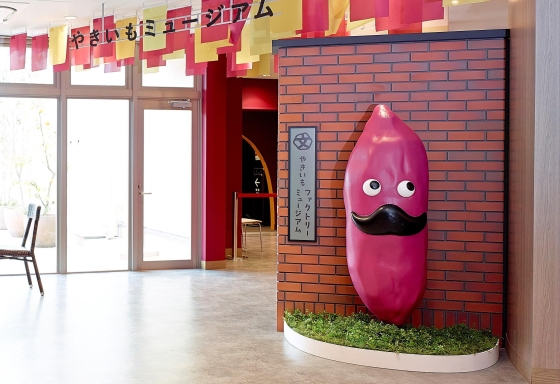
Lapoppo Namegata Farmers Village
Namegata Farmers Village is a park and shop in a renovated school building just an 80-minute drive from Tokyo. The overarching concept at the park is "farm to table." Therefore, visitors can eat, exp…
See MoreVisit the Headquarters of Exceptional Japanese Institutions in Ibaraki
Most of the facilities introduced above are easy to access from Tokyo by bus, train, or car. If you’ve always wanted to visit a leading science and research facility like JAXA or the factories of famous manufacturers in Japan, why not come to Ibaraki on a day trip from Tokyo? Here, you’ll encounter the dedication to quality and high skills that Japanese manufacturers are famous for.
